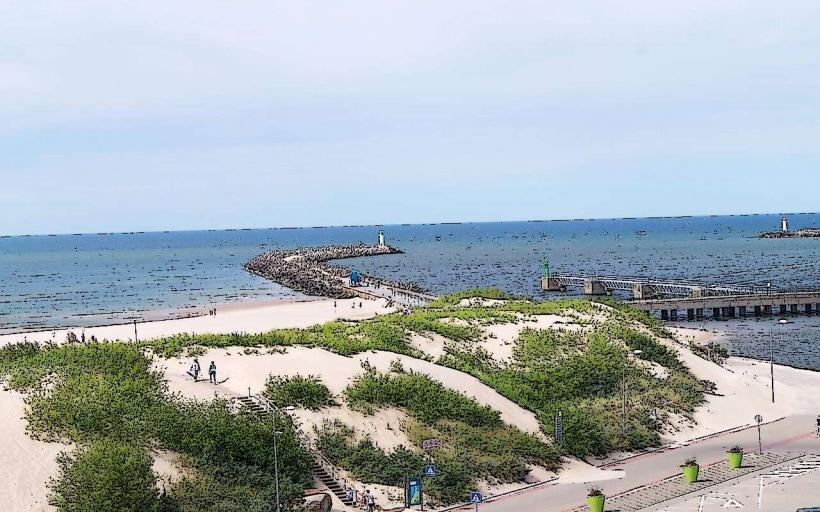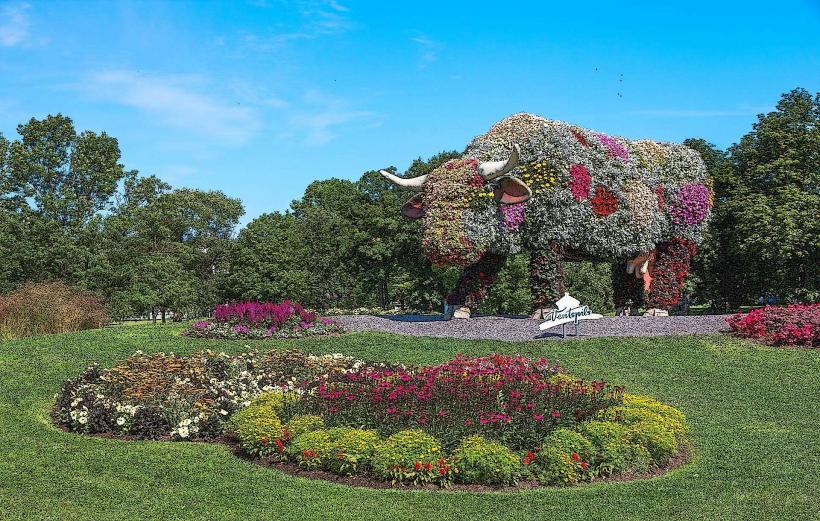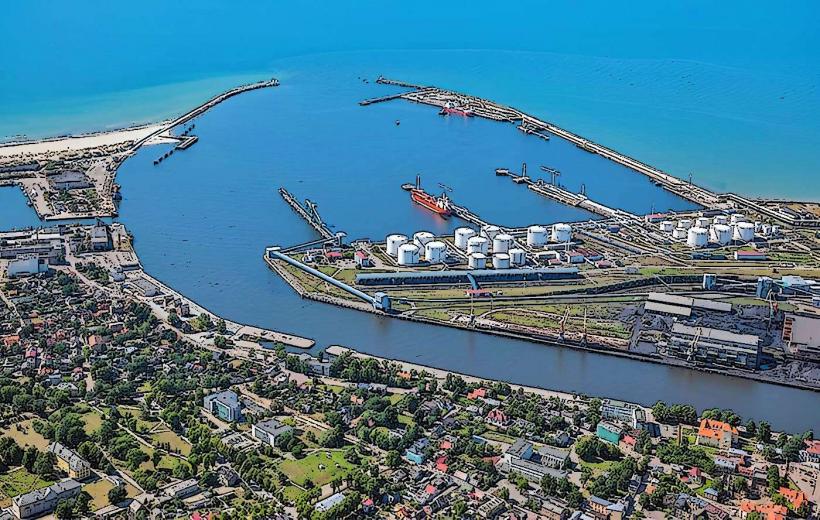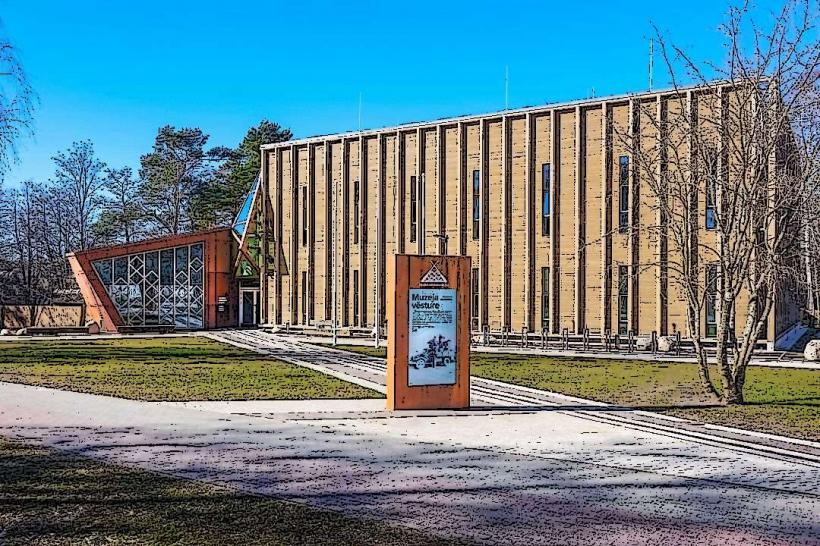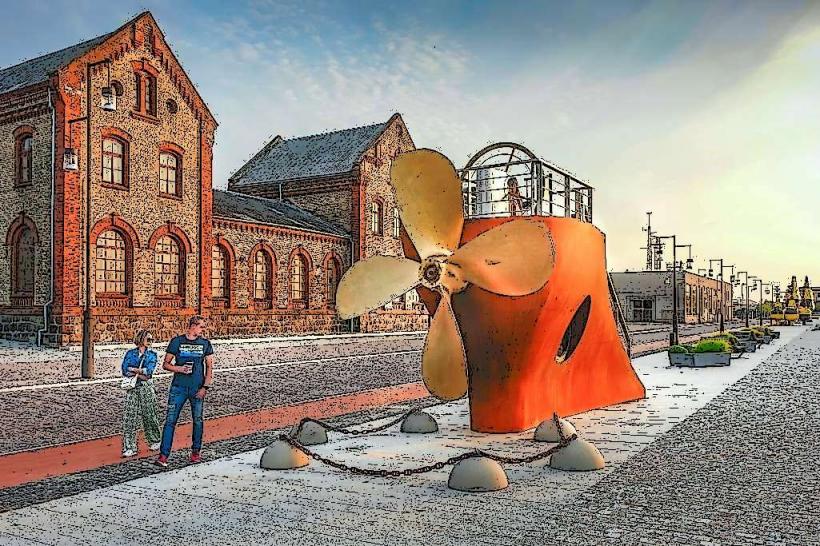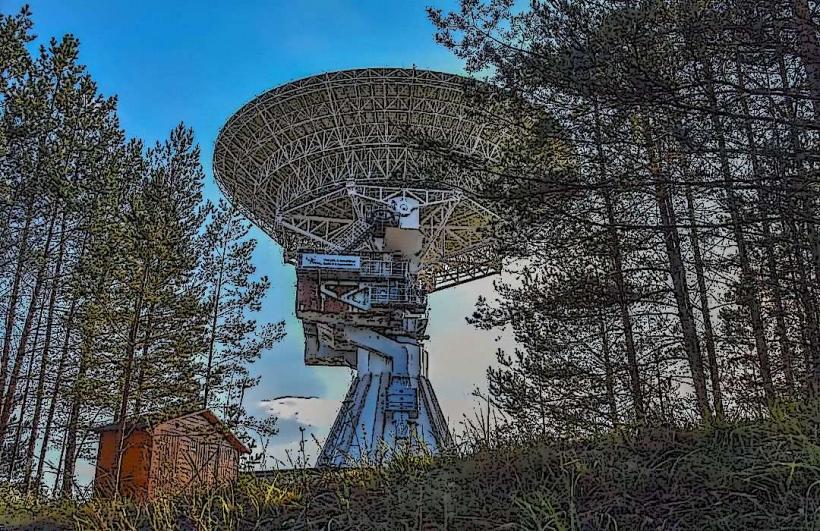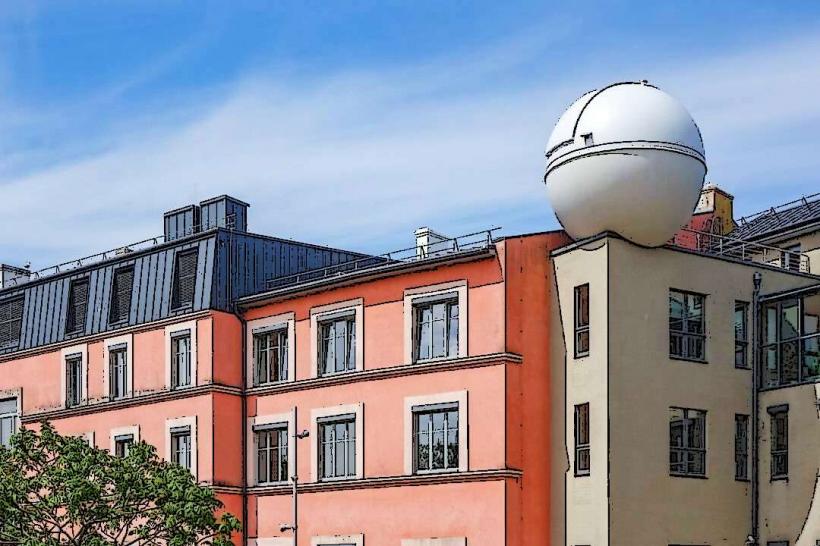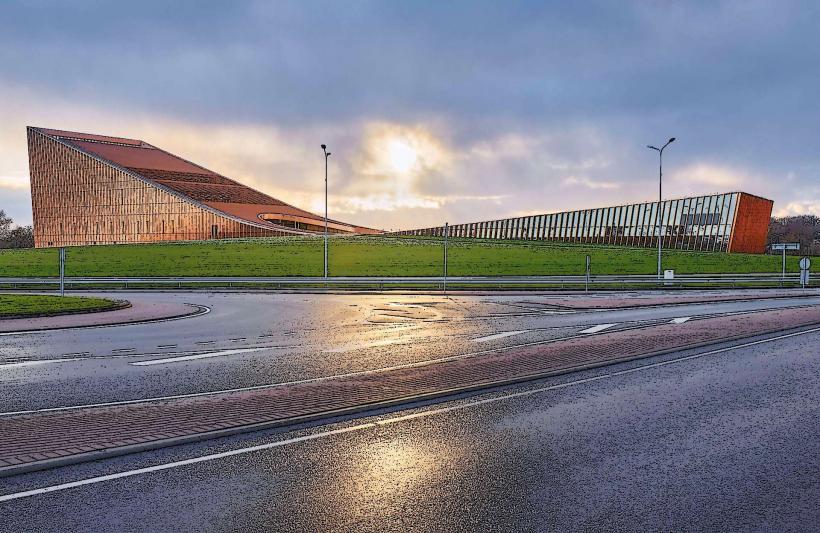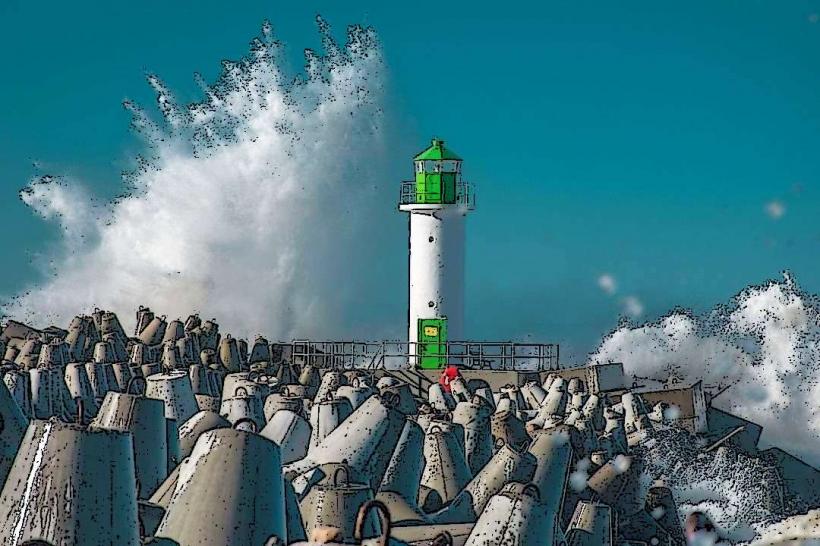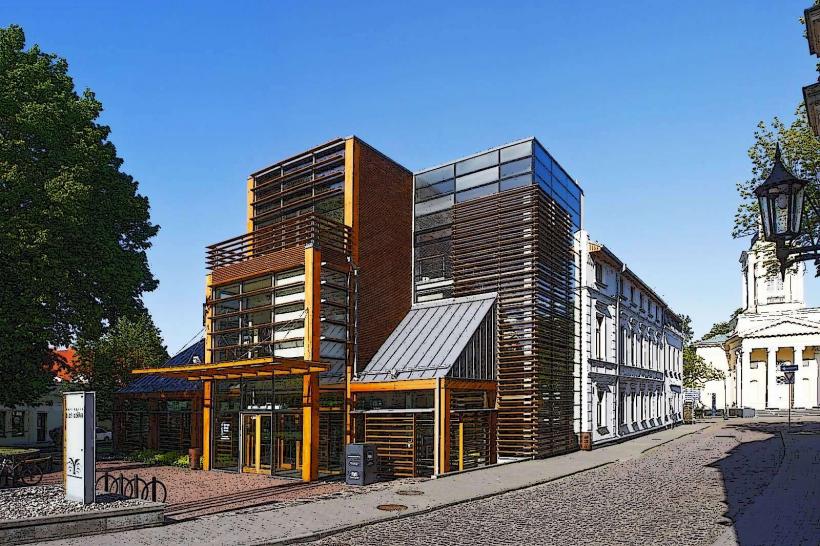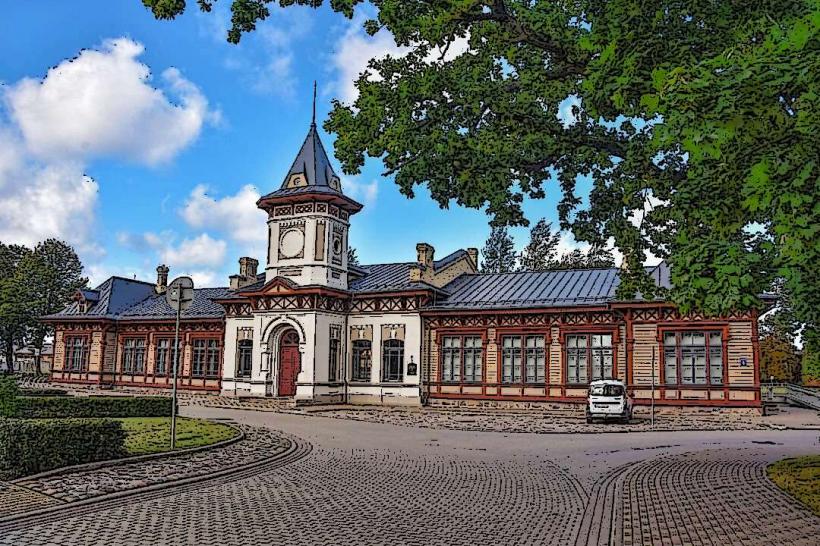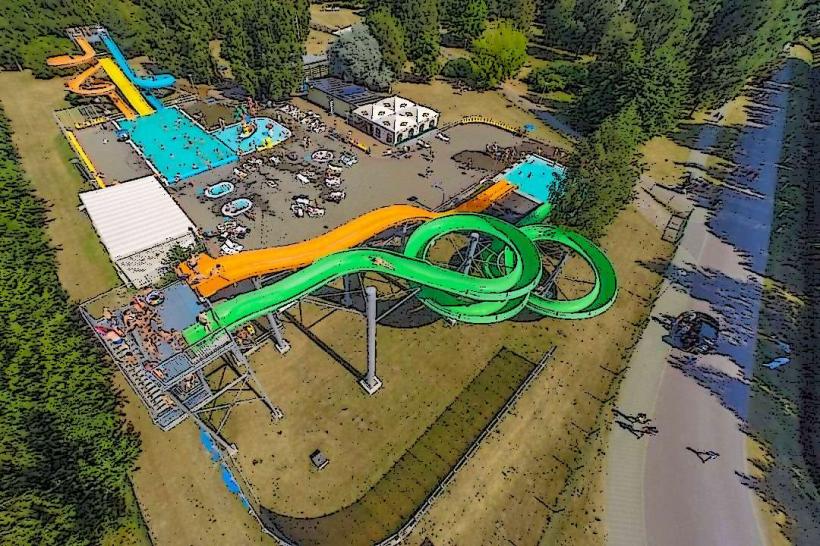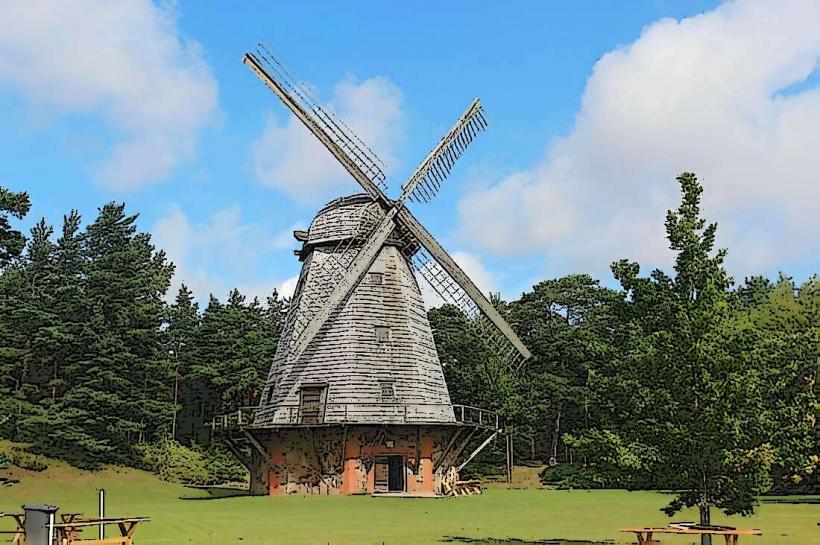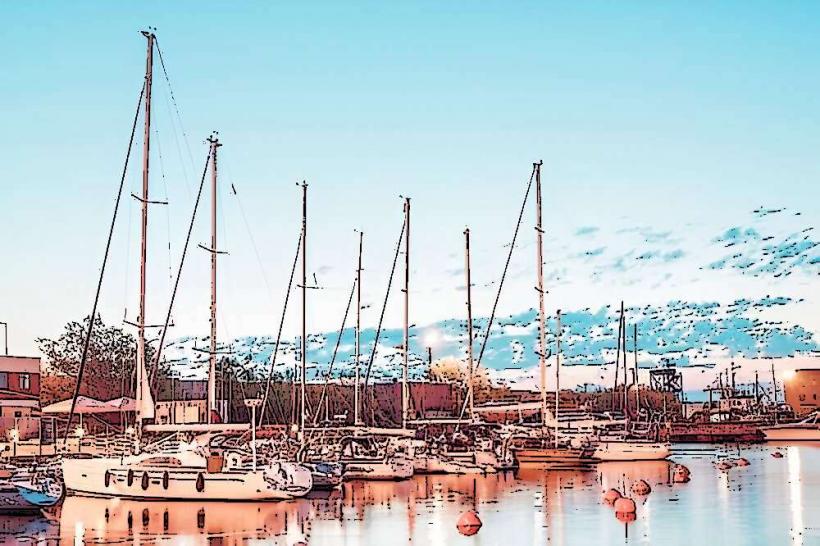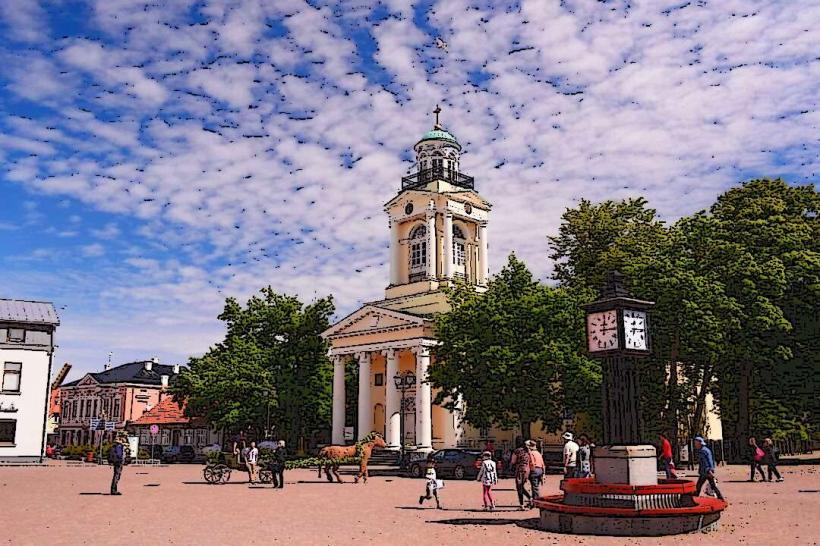Information
Landmark: Ventspils CastleCity: Ventspils
Country: Latvia
Continent: Europe
Ventspils Castle (Ventspils Pils) is a historic fortress located in the heart of Ventspils, Latvia. The castle has played a central role in the history of the city and the region, serving as both a military stronghold and a symbol of the city’s medieval past. Today, Ventspils Castle is one of the most prominent landmarks in the city and has been transformed into a museum, offering insight into Latvia's history and the castle's centuries-old legacy.
History of Ventspils Castle
Foundation and Early History:
- The origins of Ventspils Castle date back to the 13th century, during the time of the Teutonic Order, a Catholic military order that established strongholds throughout the Baltic region. The castle was originally built around 1290, likely as a defensive structure to protect the region against external invasions, particularly from the surrounding pagan tribes.
- The first mention of the castle appears in historical records in 1325, when it was part of the Livonian Order's territorial holdings. Over time, the castle became a significant military and administrative center in the region.
Role During the Livonian Order:
- Ventspils Castle was strategically important during the Livonian Confederation period, as it was located on a key trading route along the Baltic Sea. The Teutonic Order used the castle to assert control over the region and protect their interests in the area.
- During the 14th and 15th centuries, the castle underwent several modifications and expansions, as it was fortified to withstand sieges and attacks. The castle complex included defensive walls, towers, and a moat, and it played a significant role in the protection of Ventspils and the surrounding areas.
Decline and Changing Ownership:
- In the 16th century, with the weakening of the Livonian Order and the rise of new powers in the region, the castle's military significance diminished. Over time, control of the castle shifted between various factions, including the Danish, Swedish, and Russian forces.
- By the 17th century, the castle’s military importance had waned, and it began to fall into disrepair. However, it remained an important part of the local community, with various buildings in the castle complex being used for civilian purposes.
Transformation into a Museum:
- In the 19th and 20th centuries, the castle faced significant challenges, including damage from wars and neglect. However, after Latvia gained its independence in 1918, efforts were made to restore the castle and preserve its historical significance.
- In the 21st century, Ventspils Castle was fully restored and opened to the public as a museum. Today, it serves as an educational and cultural center, showcasing the history of the castle, the city of Ventspils, and the broader region.
Features of Ventspils Castle
Castle Structure and Architecture:
- Ventspils Castle is an excellent example of medieval architecture, with its fortified walls, towers, and moat that once protected the castle from external threats. The castle complex consists of several buildings, including the main castle tower, a courtyard, and the remains of the old defense structures.
- The main tower, also known as the keep, is one of the most prominent features of the castle. It stands tall and offers views of the surrounding city and countryside. Visitors can climb to the top of the tower to enjoy a panoramic view of Ventspils.
Museum Exhibits:
- The castle is home to the Ventspils Museum, which showcases exhibits related to the history of the castle, the city of Ventspils, and the wider historical context of Latvia. The museum displays a variety of artifacts, including medieval weapons, armour, historical documents, and models of the castle from different periods in its history.
- The museum also focuses on the history of the Teutonic Order, the Livonian Confederation, and the role of Ventspils in the Baltic Sea trade routes during the medieval period.
Interactive and Educational Experience:
- The museum offers interactive exhibits that allow visitors to learn about the castle’s history in a more engaging way. These exhibits are suitable for all ages, making the museum a popular destination for families and educational groups.
- The museum also hosts temporary exhibitions that focus on various aspects of Latvian history and culture, providing a dynamic and ever-changing experience for visitors.
Cultural Events and Activities:
- Ventspils Castle is also used as a venue for various cultural events, including medieval reenactments, concerts, and festivals. The castle’s courtyard is often used for outdoor performances, adding to the historical ambiance of the location.
- In the summer, the castle hosts medieval festivals, where visitors can experience reenactments of historical events, such as mock battles, sword fights, and traditional crafts. These events bring the castle’s history to life and provide a fun and educational experience for visitors.
The Castle Courtyard:
- The castle courtyard is a lovely, open space where visitors can relax and enjoy the surroundings. The courtyard is often used for outdoor activities, and its historical charm makes it a great spot for taking photos.
- During the warmer months, the courtyard is sometimes used for outdoor markets or festivals, further contributing to the lively and vibrant atmosphere of the area.
Surrounding Gardens:
- The castle is surrounded by well-maintained gardens that offer a peaceful environment for visitors to explore. The gardens include landscaped areas with a mix of flowers, shrubs, and trees, providing a relaxing escape from the bustle of the city.
Visiting Ventspils Castle
- Opening Hours: The castle is generally open to the public year-round, with more frequent events and extended hours during the summer months. It's recommended to check the specific opening hours before visiting.
- Ticket Prices: Entrance fees to the museum and castle are relatively affordable, and special discounts are often available for students, seniors, and families.
- Location: Ventspils Castle is located in the center of Ventspils, making it easily accessible by foot, car, or public transport. It’s a short walk from other key attractions in the city, including the Seaside Promenade and Ventspils Beach.
Conclusion
Ventspils Castle is a must-visit historical landmark for anyone interested in learning about the medieval history of the region. With its impressive architecture, informative museum exhibits, and cultural events, the castle offers a fascinating glimpse into Latvia's past. Whether you’re exploring the castle’s towers, enjoying a cultural performance, or learning about the medieval Teutonic Order, Ventspils Castle provides an enriching and enjoyable experience for visitors of all ages.

